Get your hands on this revolutionary skin-rejuvenating product.
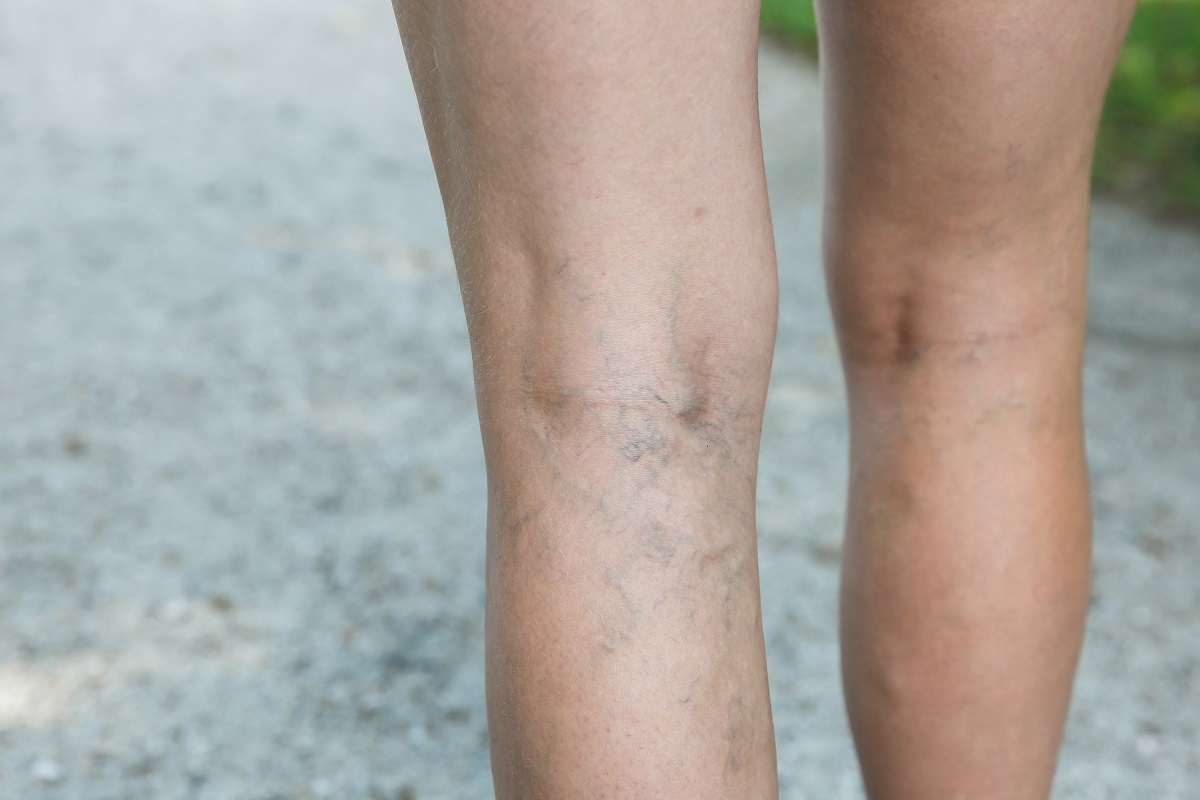
Breaking the 3 Myths About Varicose Veins
Over 30 million Americans have varicose veins. You wouldn’t know it, though, since most people conceal their swollen, enlarged veins. So you’re not alone.
How did you, and all others, develop it in the first place?
The Development of Varicose Veins
Weak or damaged valves contribute to the development of varicose veins. These valves in your veins allow blood to stream toward your heart then close to stop blood from flowing backward. When your blood flows backward, it will pool in your veins, causing them to stretch or twist.
Age is a common risk factor for developing varicose veins. As you age, the valves in your veins might not function well and cause the blood to flow back into your veins instead of flowing toward your heart. Women have higher risks of developing the condition because of the hormonal changes during pregnancy, premenstruation, or menopause.
Although they seem like a cosmetic issue, spider or varicose veins are not merely unsightly.
Busting Myths About Varicose Veins
Misconceptions surround the causes, risk factors, and prevention of varicose veins. Believing them may expose you to further health risks. Here are the top three myths about varicose veins:
Myth 1: Varicose veins are just a cosmetic issue
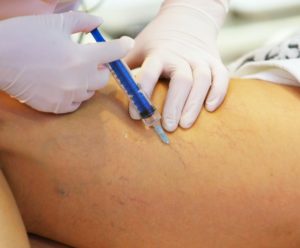 Most people would think that having varicose veins would hinder them from showing off their legs. The problem, however, goes beyond that. A study published in the Journal of the American Medical Association (JAMA) suggests a link between varicose veins and serious health complications involving blood clots.
Most people would think that having varicose veins would hinder them from showing off their legs. The problem, however, goes beyond that. A study published in the Journal of the American Medical Association (JAMA) suggests a link between varicose veins and serious health complications involving blood clots.
The results of the study show varicose veins increases someone’s risk of developing deep venous thrombosis (DVT), a condition that occurs after a blood clot formed in a deep vein in your body. It can lead to leg pain and swelling.
Myth 2: Varicose veins only occur in women
Varicose veins are common in women. It doesn’t mean, however, men won’t develop this condition. According to data, varicose veins affect 11 million men between 40 to 80 years old in the US. Weight is a factor that increases a person’s risk of developing varicose veins, whether you’re a man or a woman.
Myth 3: Varicose veins treatment is painful
Treatments for varicose veins are usually done with local anesthesia and with only mild discomfort. You can treat your varicose veins in different ways, including:
- Sclerotherapy – this treatment involves injecting an irritant directly into the affected vein. The veins stick together and allow the blood to flow when they are irritated. It helps reduce the swelling and eventually the vein will shrink.
- Laser treatment – this is ideal for spider veins smaller than three millimeters and close to the surface of the skin. The laser causes the veins to clot and dry up due to its strong, focused beam.
Varicose Treatment in Kansas
Only licensed healthcare professionals should treat your varicose veins to ensure the appropriate process is followed. At Vargas Face and Skin, we use sclerotherapy and laser treatments in-office, with no downtime and little discomfort.
Our treatments are effective in removing blue and red spider veins as a result of aging.
Contact us today to know how you can restore the beauty of your skin.

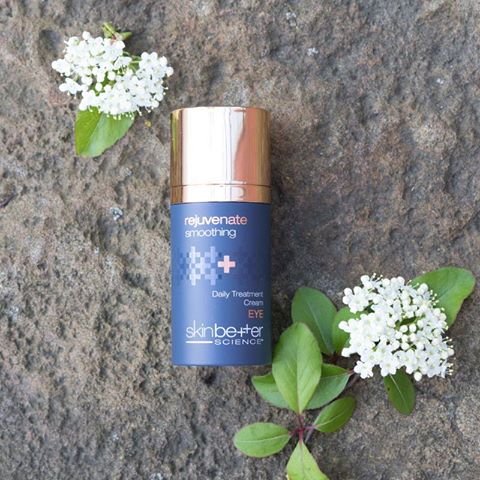

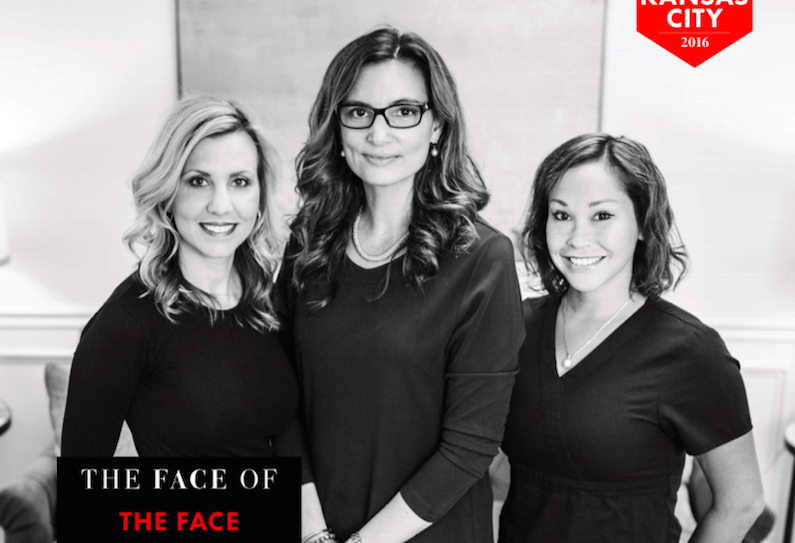
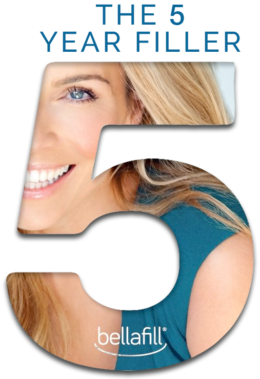


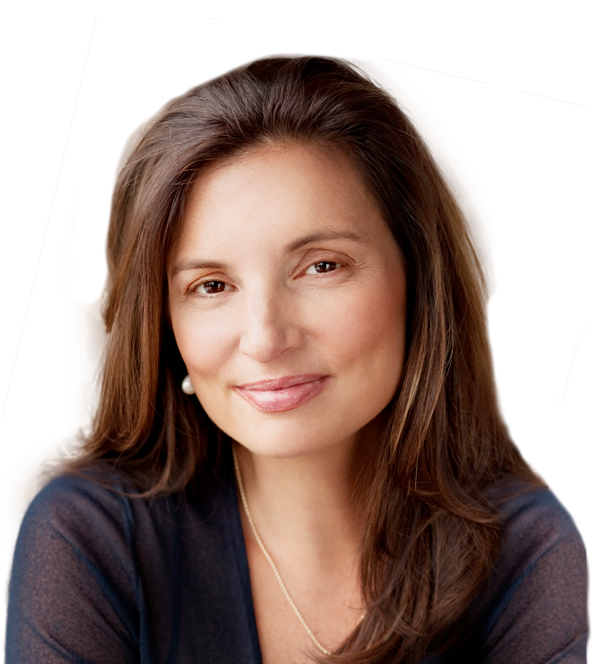
This Post Has 0 Comments